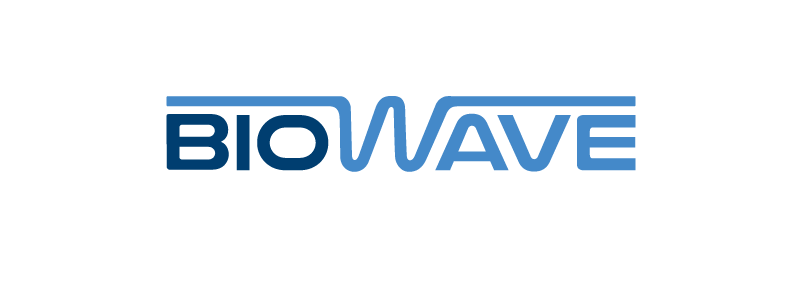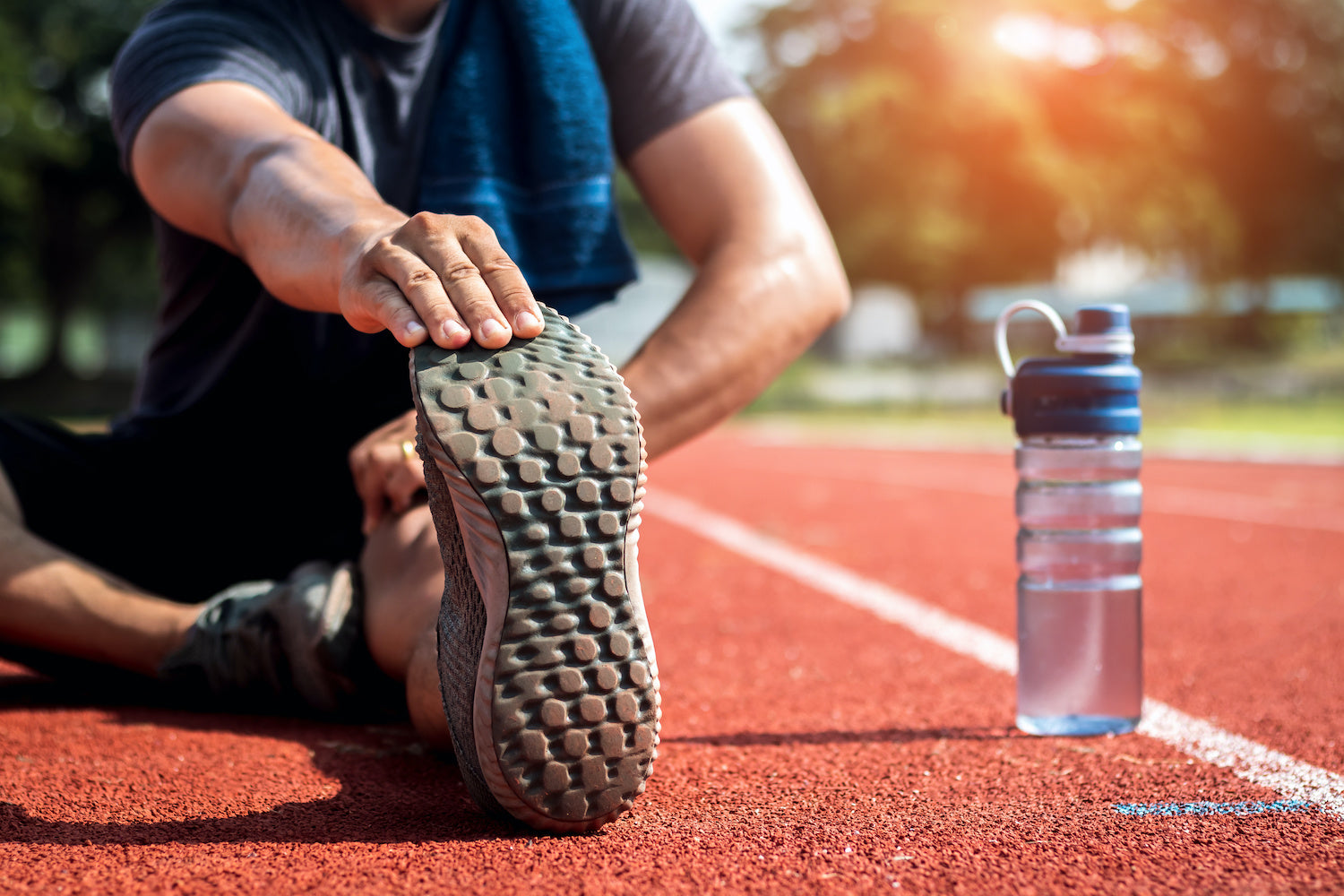
Running has enjoyed a resurgence in popularity lately as a form of exercise to turn to when gyms and fitness studios are closed or limited in capacity. Beginners join seasoned marathoners on running paths and trails and test their newfound endurance in virtual races. Longtime runners, on the other hand, are navigating a world in which personal bests don’t necessarily matter, but are tempting to go after when you can choose your own half marathon or marathon race course.
Whether you’re a beginner training for a virtual 5K or an experienced runner attempting to conquer a previous marathon record, here are the running tips you need to know to facilitate your post-race recovery, treat pain after running and avoid a running injury in the future.
Rehydrate, Refuel and Rest to Ward Off Pain After Running

Congratulations! You’ve crossed the finish line of your first 5K or your fastest marathon! Your first running tips for post-race recovery are to rehydrate, refuel and rest.
Quench your thirst and make up for the sweat lost during your race with water or a sports drink with electrolytes. This is especially important during the heat of summer when you may sweat more, but you don’t want to skimp out hydration during cold weather.
The size of your post-race meal will depend on how hard and long your race was, but every runner can plan to incorporate carbohydrates and protein. Anne Mauney, the registered dietitian behind the blog Fannetastic Food (@fannetasticfood on Instagram), writes that you should “aim for roughly a 4:1 ratio of carbs to protein for after a workout.”
Why? Your body uses carbs while you work out, so those need to be replenished. The protein helps to rebuild your muscles after your race. This is especially important -- as Mauney writes:
“Every time you exercise, your body breaks down muscle fibers and creates tiny tears in your muscles. Then, during recovery, your body repairs these tiny tears and actually strengthens your muscle fibers for the next time you exercise – that’s essentially how you get stronger as you keep exercising.”
Building strong muscles is key to warding off a running injury, like knee pain after running, calf pain after running, hip pain after running and other aches.
Finally, take some time to rest – you’ve earned it!
Foam Roll and Stretch for Post-Race Recovery

Once you have rehydrated, refueled and given your body a rest, it’s time to foam roll and stretch those muscles to ease aches like calf pain after running, knee pain after running and hip pain after running.
New to foam rolling? According to the American Council on Exercise, foam rolling is a self-myofascial release technique (SMR). Similar to a sports massage, SMR can enhance overall muscle health by increasing blood flow, increasing flexibility and relieving pain, soreness and stiffness, among other benefits.
The perks from regular foam rolling are especially helpful for runners, from improving range of motion to lead to better stride and increasing oxygen flow to promote muscle recovery and performance. Run coach Amanda Brooks, the creator of the blog Run to the Finish (@runtothefinish on Instagram), writes that foam rolling, when done properly, can even help prevent IT band and knee pain after running. Check out her guide to foam rolling for runners.
A good, old-fashioned stretching routine is also integral to post-race recovery to deal with issues like back pain after running, calf pain after running and hip pain after running. To Brooks, stretching eases muscle tightness that can impact stride or cause pain. For example, she writes that tight hips hinder your stride, a tight IT band can pull on your knee and cause knee pain after running and tight calves can cause more problems with your knees, plus your ankles and Achilles tendon. Furthermore, Brooks adds it’s incredibly important to maintain flexibility as we age to keep running a part of our lives.
Some of Brooks’ favorite post-run stretches include the quad stretch, hip flexor stretch and calf stretch.
Block Pain After Running at the Source With BioWaveGO

Sometimes, no matter how much you foam roll or how nutritious your post-race meal is, you may still experience nagging issues like calf pain after running, knee pain after running and back pain after running. Using pain relief technology like that of BioWave can help you ease the pain and get back in the game. BioWave’s patented high frequency signal-mixing technology, targets past layers of skin into deep tissue to block pain signals at the source.
Just ask U.S. Olympic Track Gold Medalist Tianna Bartoletta, a BioWave “Performance Team” partner who uses our new BioWaveGO OTC product:
“As a 2x Olympian, 3x Olympic Gold medalist, and the current Olympic Champion, I train intensely several days a week and my body is always experiencing pain. BioWaveGO might be the single most effective recovery tool I have in my tool box. It’s easy to use and mobile.” said Tianna. “You can literally clip this on and forget about it!”
BioWaveGO is available in a wearable, non-prescription strength to help anyone in acute or chronic pain lead a fuller and active life, from pro athletes like Tianna to first-time 5K finishers.
Stay Active & Sign Up For Your Next Race

Another principle of post-race recovery is movement. Yes, you can rest and foam roll and stretch in the immediate aftermath of your race, but don’t let too much time to go by before you incorporate light movement and cross-training into your routine. A brisk walk or a light jog within a few days after your race can help you pinpoint potential issues – like any calf pain after running or knee pain after running – and it gets the blood flowing to your muscles as they rebuild.
With these running tips and post-race guidance in mind, give yourself a pat on the back for your accomplishments and set your sights on your next race or challenge! Don’t forget to check out even more running tips to avoid pain and common running injuries.



Share:
Best Running Tips to Avoid Pain
How to Stick to Your Chronic Pain Diet and Avoid Inflammatory Foods